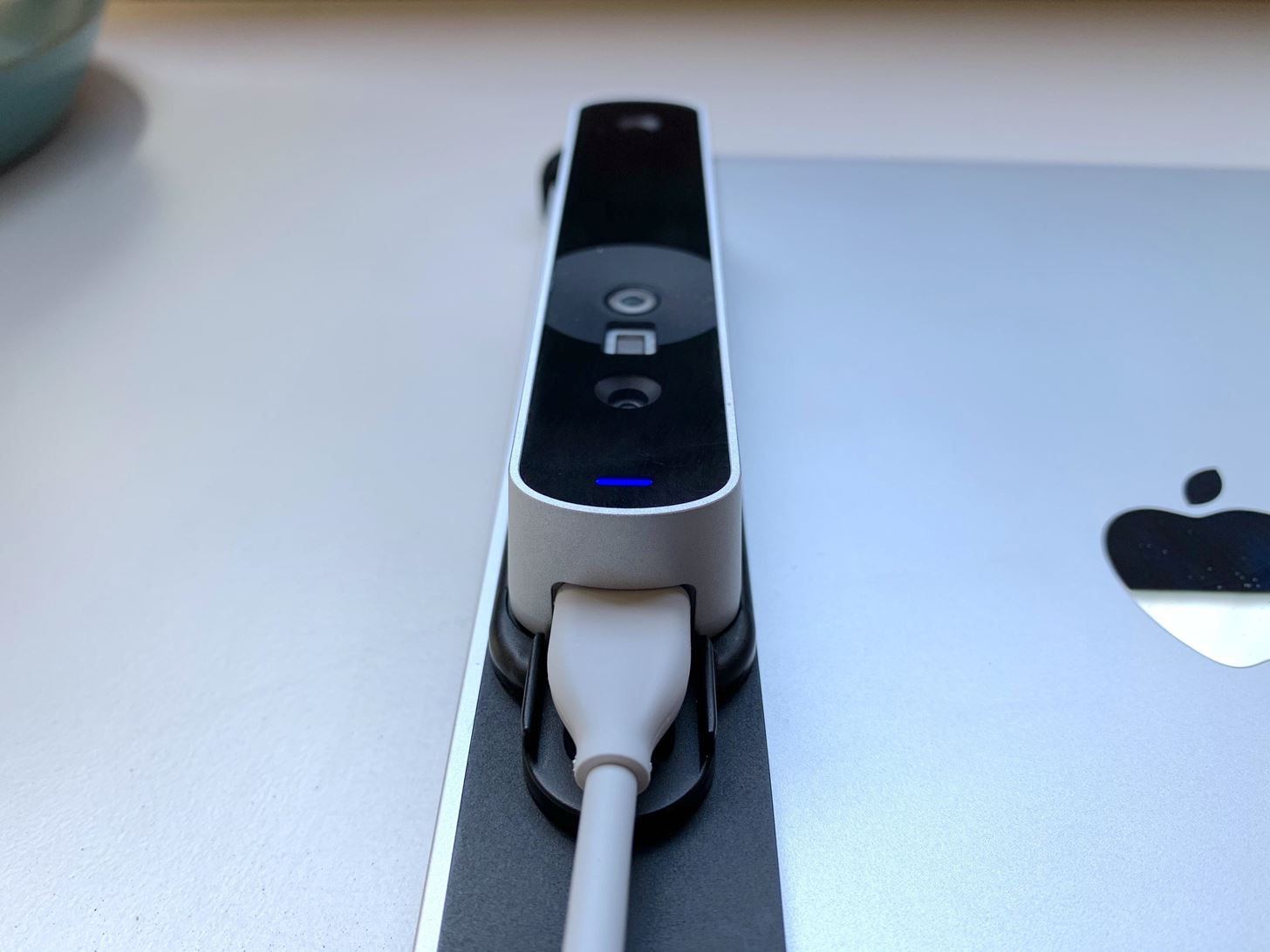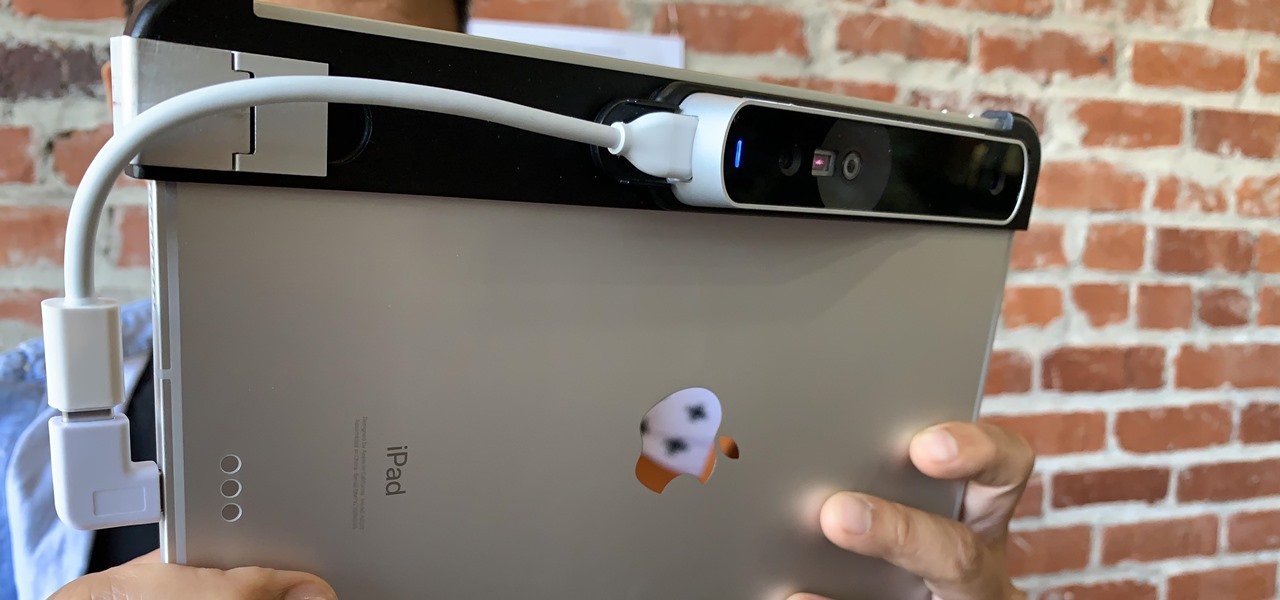Years ago, in 2013, Occipital introduced its original Structure Sensor for iOS, a mobile 3D scanning device for measuring three-dimensional objects. Soon after, in an unrelated deal, Apple acquired PrimeSense, the company that made one of the components for Occipital's scanning device.
But that hasn't stopped Occipital from building a follow-up to its original device, which the company unveiled on Wednesday. Occipital's new Structure Sensor Mark II includes optics for active IR stereo depth sensing and adds an inertial measurement unit (IMU), and a wide-angle VGA camera in an enclosure about half the size of the original sensor.
The key optics for the Mark II model are a pair of infrared sensors and a laser projector. The infrared sensors feature global shutters for high accuracy data capture, while the Occipital-designed laser projector boasts high contrast and is safe for eyes.

By moving from a structured light method employed in the original module (retroactively labeled ST01) to an active IR system, the Mark II improves upon its predecessor in every category, with better resolution, greater range, and a slightly wider field of view, as well as the ability to sense indoor and outdoor environments.
- Don't Miss: Occipital Acquires Paracosm in Bid to Transform Even the Largest Structures into Virtual 3D Objects
The Mark II, along with mounting a bracket for attaching to an iPad, retails for $399, but owners of the original Structure Sensor can save $100 via trade-in and another $30 by re-using the bracket, which fits the Mark II. Occipital will also offer a bundle of the Mark II plus its Skanect 3D scanning software for $499.

Occipital will begin taking pre-orders next week via its website, with shipping to commence in August. The Mark II will also be available through resellers.
With the improved Structure Sensor and Structure Core for Linux, Windows, Android, and Mac OS, Occipital offers 3D scanning for practically any major operating system on the market.

While Apple, by way of its PrimeSense acquisition, has also made the TrueDepth front-facing camera with 3D scanning capabilities a standard feature for the iPhone, the company's mobile devices still lack spatial understanding in the rear camera. That deficiency offers Occipital an opportunity to fill the void.
Some of the use cases for Occipitals sensors, combined with iOS devices, include industrial design and construction, with Occipital providing the Structure Scan SDK for developing apps that take advantage of its sensors.

"As far as competition in mobile-attached 3D capture, we have the largest app-based ecosystem on the planet, with 130 apps launched. This blows way past former attempts like Google's Project Tango," said Jeff Powers, co-founder and CEO of Occipital, in a statement to Next Reality.
"We're left essentially unchallenged because Structure Sensor, and now Structure Sensor Mark II, can do things no others can, thanks to hard-to-develop features like iOS support, built-in battery, and seamless attachment to an existing mobile device."

However, Occipital faces stiff competition in the 3D sensor space, as Intel's RealSense lineup includes depth cameras and inside-out tracking modules and Microsoft offers its Azure Kinect as a standalone depth sensor.
"In the broader 3D sensing market, earlier this year we launched Structure Core, adding support for Windows, Android, Linux, and Mac, which competes with things like RealSense. We made different choices than others, like all global shutter cameras, different FOVs, and a built-in IMU," said Powers. "There's room for a variety of depth cameras in the market, and we think ours is incredibly competitive."
On that note, if Occipital can weather the acquisition of its former technology provider, PrimeSense, then it probably stands a fighting chance in the increasingly competitive 3D sensor market versus larger, better-known challengers.
Just updated your iPhone? You'll find new features for Podcasts, News, Books, and TV, as well as important security improvements and fresh wallpapers. Find out what's new and changed on your iPhone with the iOS 17.5 update.






















Be the First to Comment
Share Your Thoughts